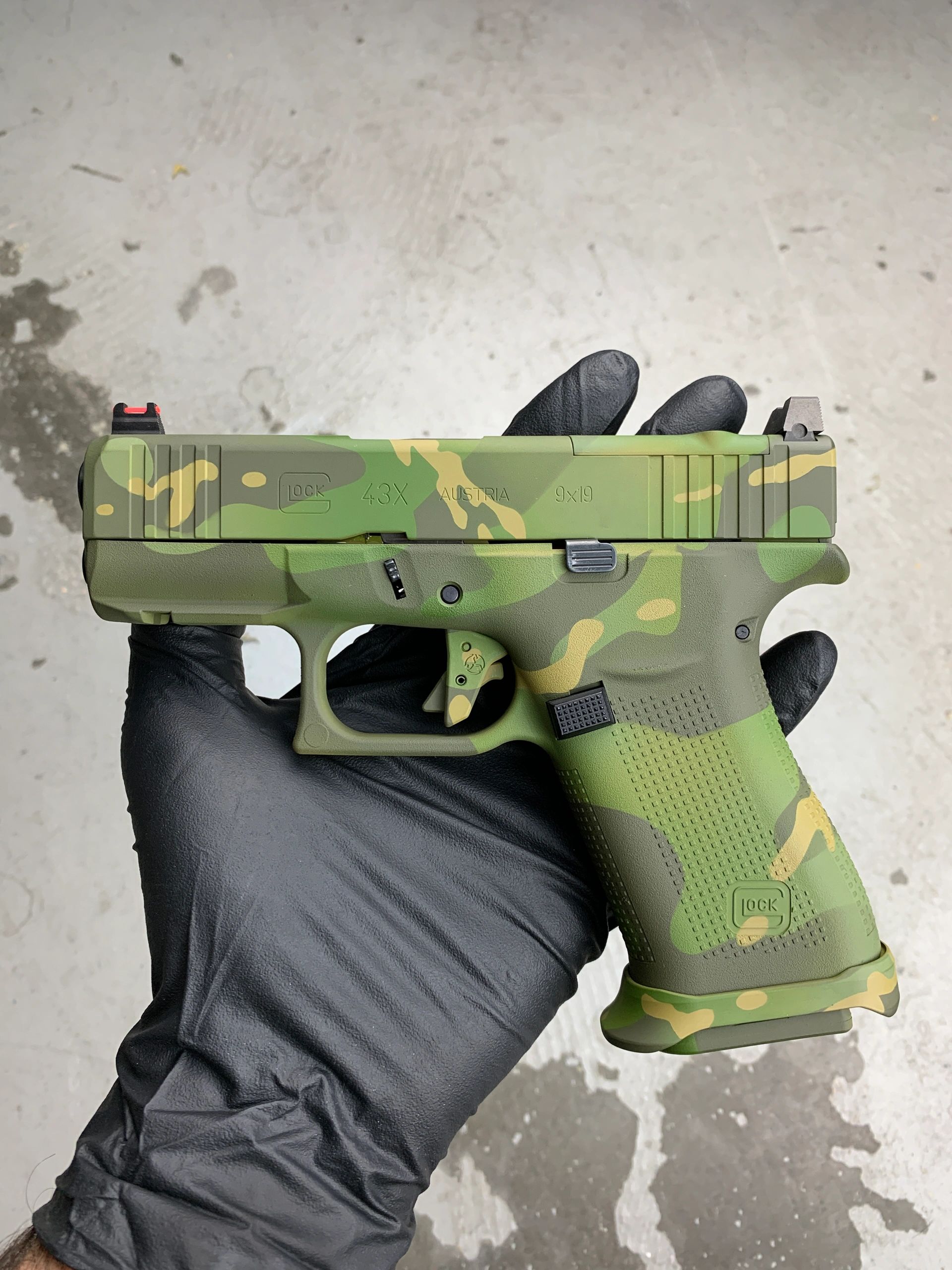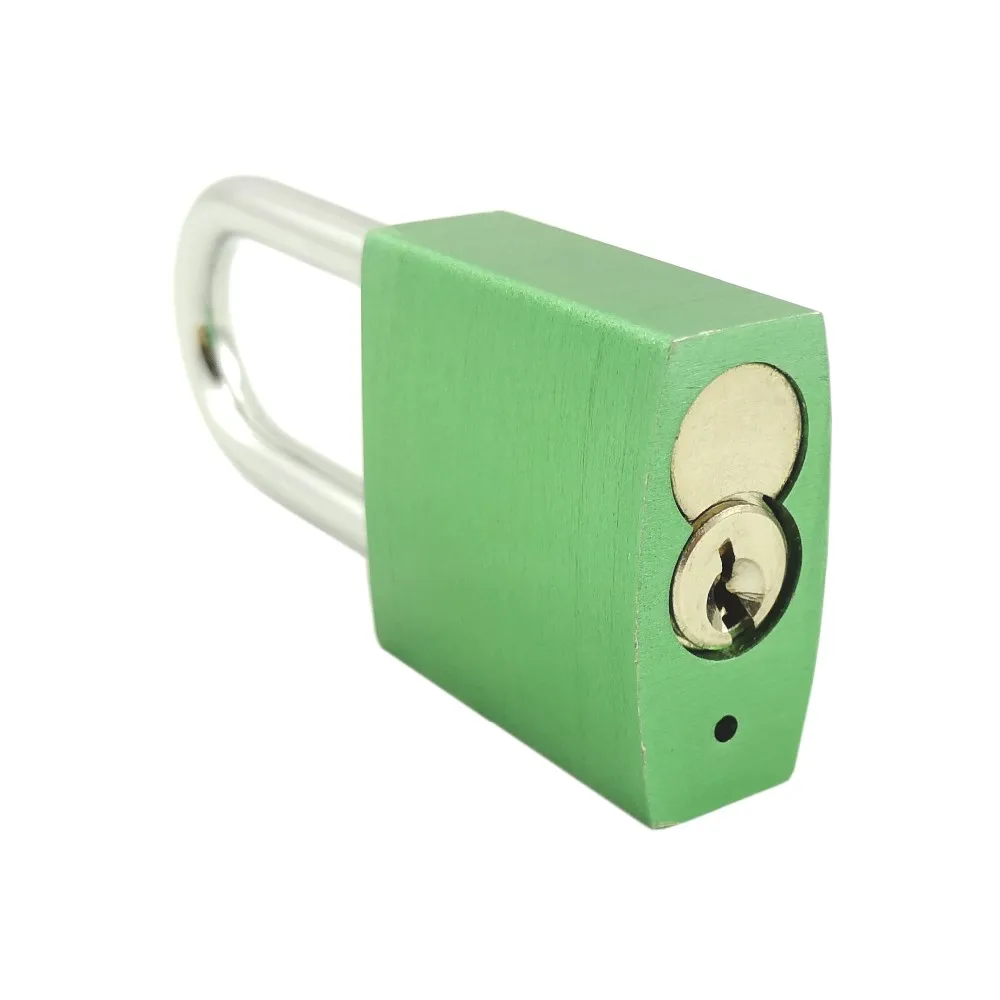
CL: Could you explain Aveillant’s holographic radar technology and how it differs from other technologies in this area?ĬW: One of the issues with the 2D infill is that you have two 2D radars and a radar measures the range of the aircraft. In other words, they can take a small amount of this and once that’s done, they’ll have to look for something else. I don’t know whether that solution is temporary or not, but it’s definitely limited. So it’s taken up a lot of their time as well.

Indeed, Newcastle has been in public inquiries at least twice in the last two or three years defending its position with wind farms going up in Northumberland. So I think they blank the radar and don’t allow the trackers to initiate new tracks, which means that they coast through them, essentially.īut they’re quite small areas.

#DEADLOCK COATINGS PATCH#
CL: What about Newcastle Airport, which is using a software patch as a short-term solution?ĬW: What I think they have there is in a limited number of areas, you can have a "no track initiation zone". I’d call it a terrain-masking 2D infill.īut to get a system like that to work – and I am aware there are a couple of systems in the pipeline that are better – you need to have a convenient piece of terrain and it’s very dependent on where the radar is and what the nature of the airspace around it is. It’s a pioneer system, it was the first that I’m aware of. That radar is placed in such an area that the terrain is in the way, so it can’t see the turbines, and the data from that radar is then taken and combined with the data for Glasgow Airport. That’s located in Kincardine in the old power station on top of a little tower. Whitelee Wind Farm in Scotland, the biggest in the UK, has a new radar that was procured as an infill. I would call it a terrain-masking infill. CL: What are the technical options available to airports to combat radar interference?ĬW: To the best of my knowledge, there is one. If there was, people wouldn’t have to object to new wind farms.

Plated finishes should be regularly wiped with a non-abrasive furniture or car wax, taking care not to scratch any protective finishes that are employed to protect the surface and prevent tarnishing.The main reason for the problem is there isn’t an off-the-shelf technical fix for this. Plated finishes are susceptible to tarnishing if they come into contact with moisture, wet paint, or water vapour.Īll plated finishes should be coated with a non-abrasive furniture or car wax immediately after installation. Do not use steel wool, scrapers, scouring liquids or powders to remove deposits as these permanently scratch the coating surface.Ĭleaning Chrome, Satin Chrome, Gold and Brass Finishes Use a soft brush (non abrasive) or cloth and a mild household detergent solution to remove dust, salt and other deposits.Carefully remove any loose deposits with a wet sponge.However, in areas where pollutants are more prevalent, especially in coastal or industrial regions, cleaning should be carried out every two to three months. Cleaning Powder CoatingsĮvery six months, powder coated surfaces should be cleaned to protect the finish. NB : The lock assembly has been lubricated for life, and should not be disassembled by the user. Confirm that the lock bolt or beak engages easily with the strike/catch plate when the door is closed and the lever or key is turned – adjust the door if necessary.Īnnually check that when the door is closed, the lock can be locked by key and by the lever. If removal is delayed and scraping becomes necessary the surface finish may suffer.Īnnually inspect the door to confirm that the door operates with the correct clearances, closes and opens without obstruction. Remove wet plaster, cement, mortar and other droppings immediately, using ample clean water and a sponge or rag, to avoid permanent staining or scratching of the product finish.Do not paint the lock body or faceplate.

The door is protected from building fall-out such as wet plaster, mortar, paint and welding splatter.The lock engages the strike/catch plate correctly.The door is correctly adjusted with the correct clearances.The fixing screws do not damage the product finish.Īfter installation of the door ensure that:.No metal swarf or other contaminants enter the lock body.
#DEADLOCK COATINGS FREE#


 0 kommentar(er)
0 kommentar(er)
